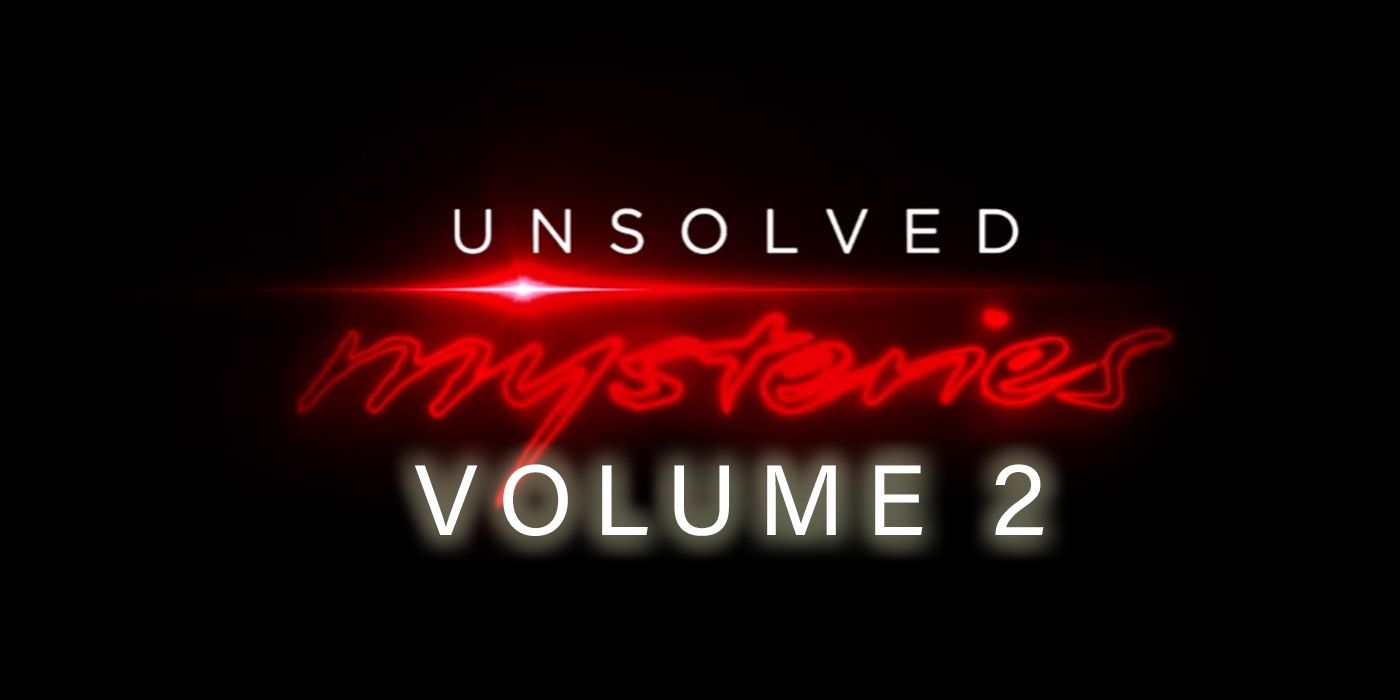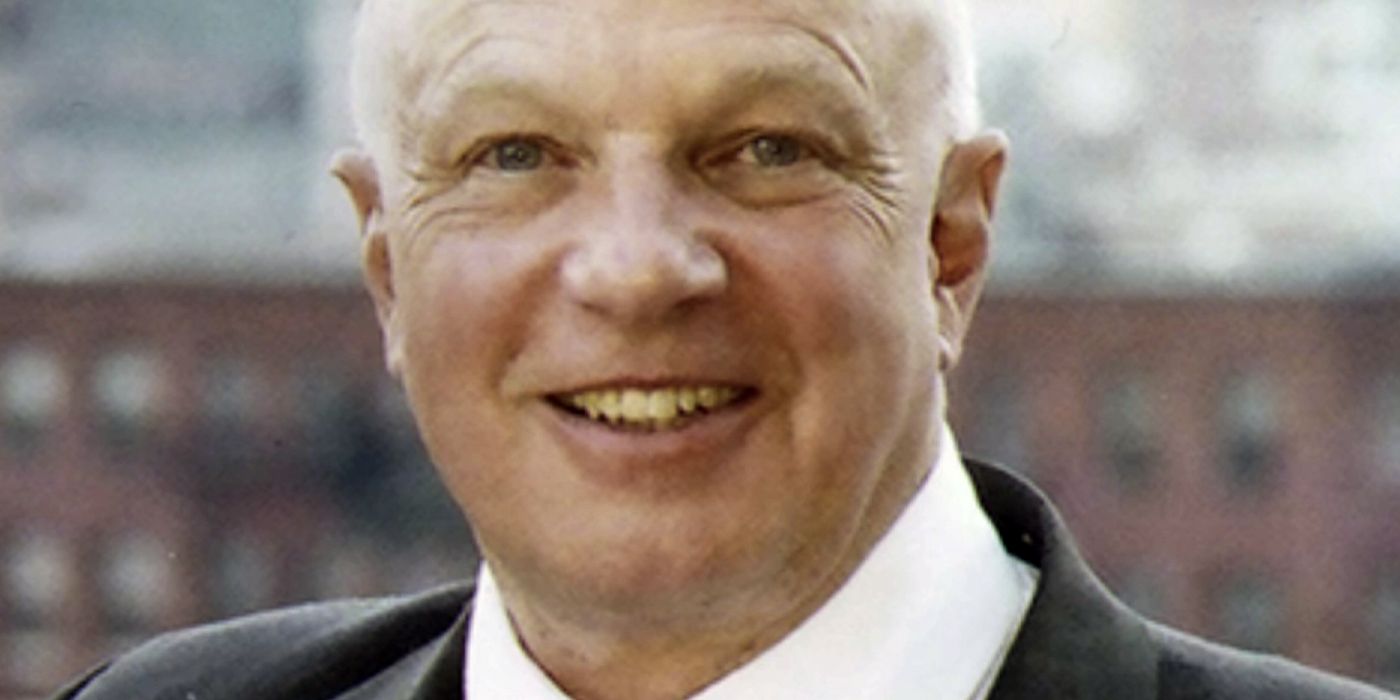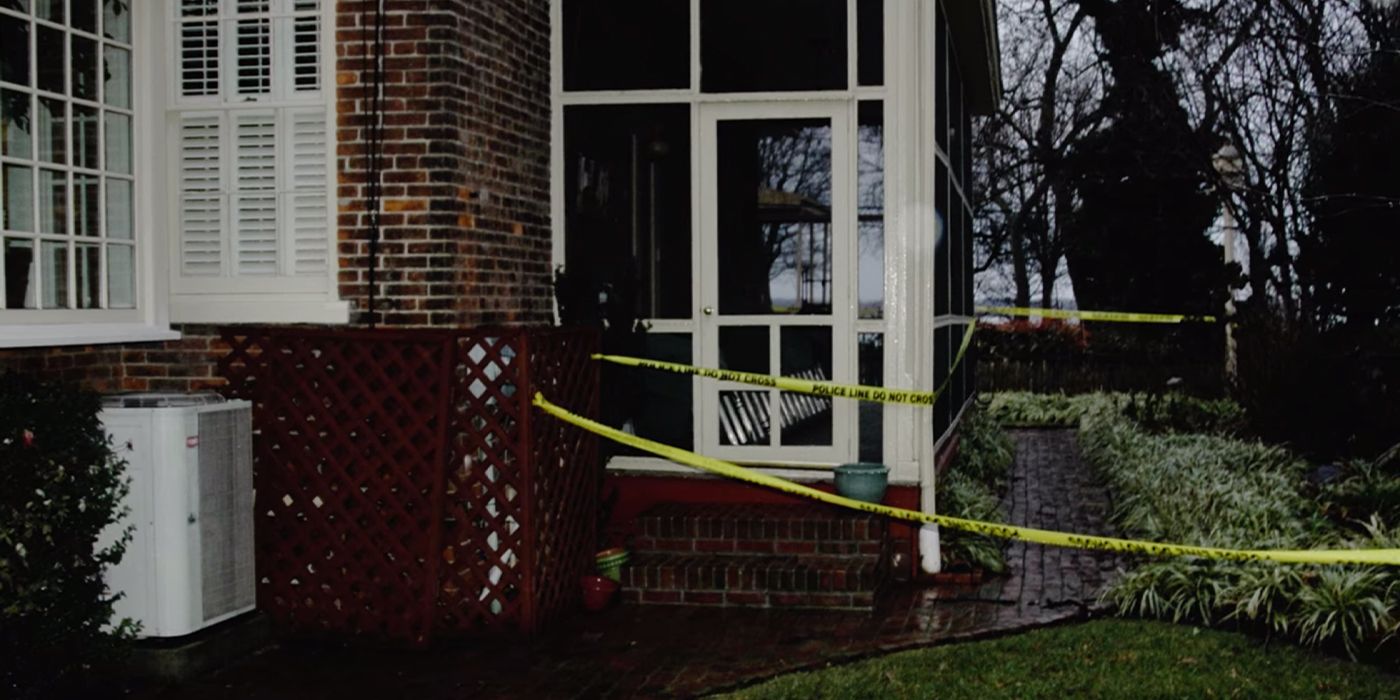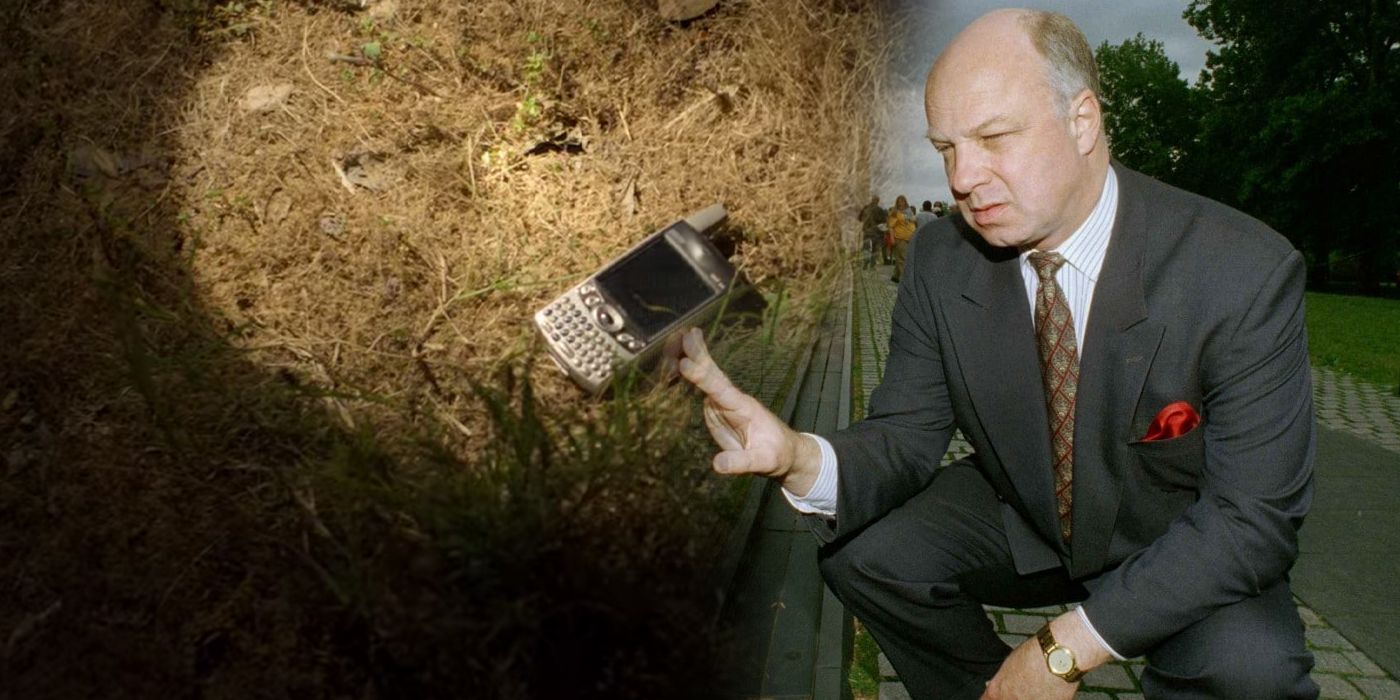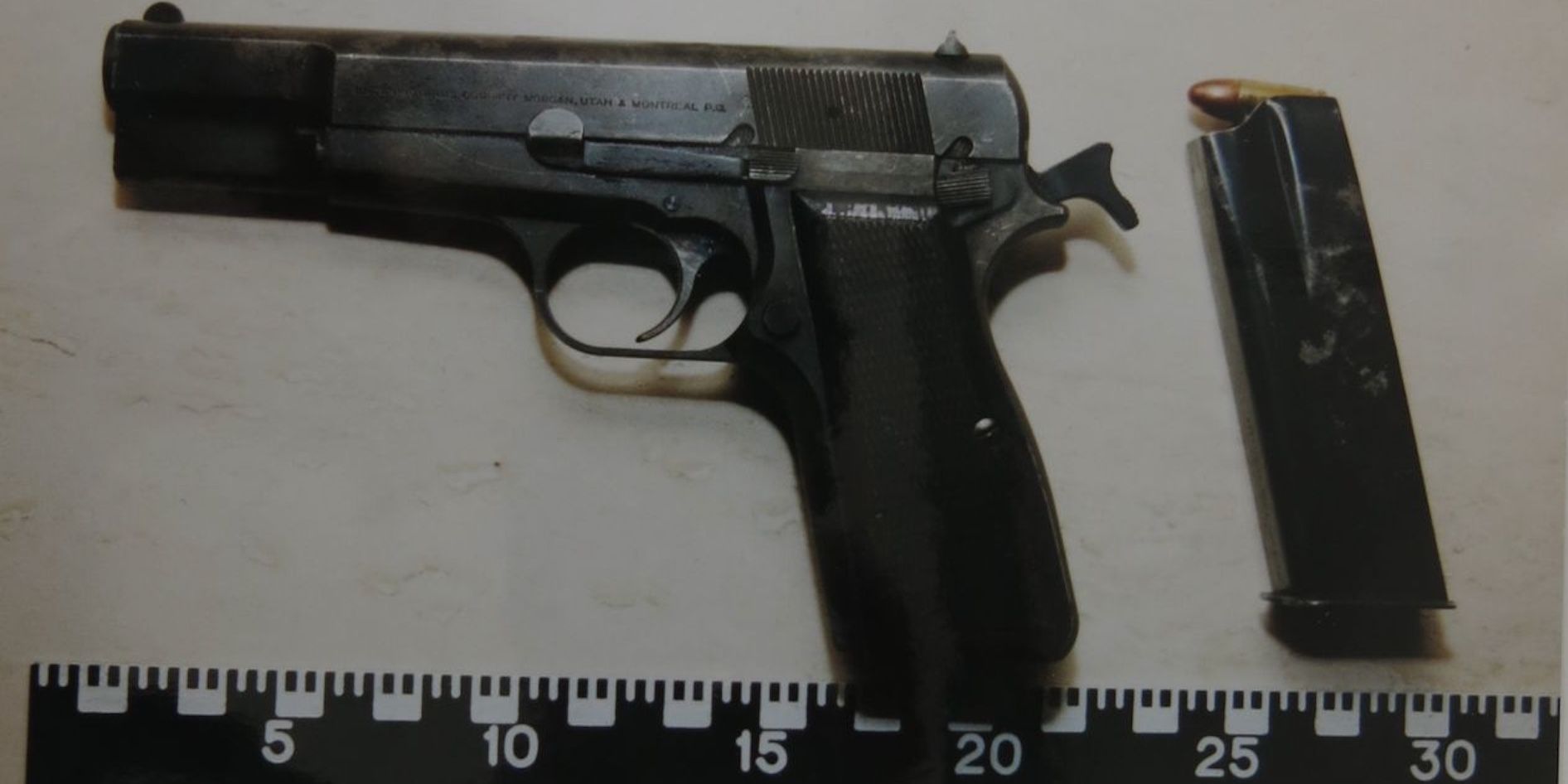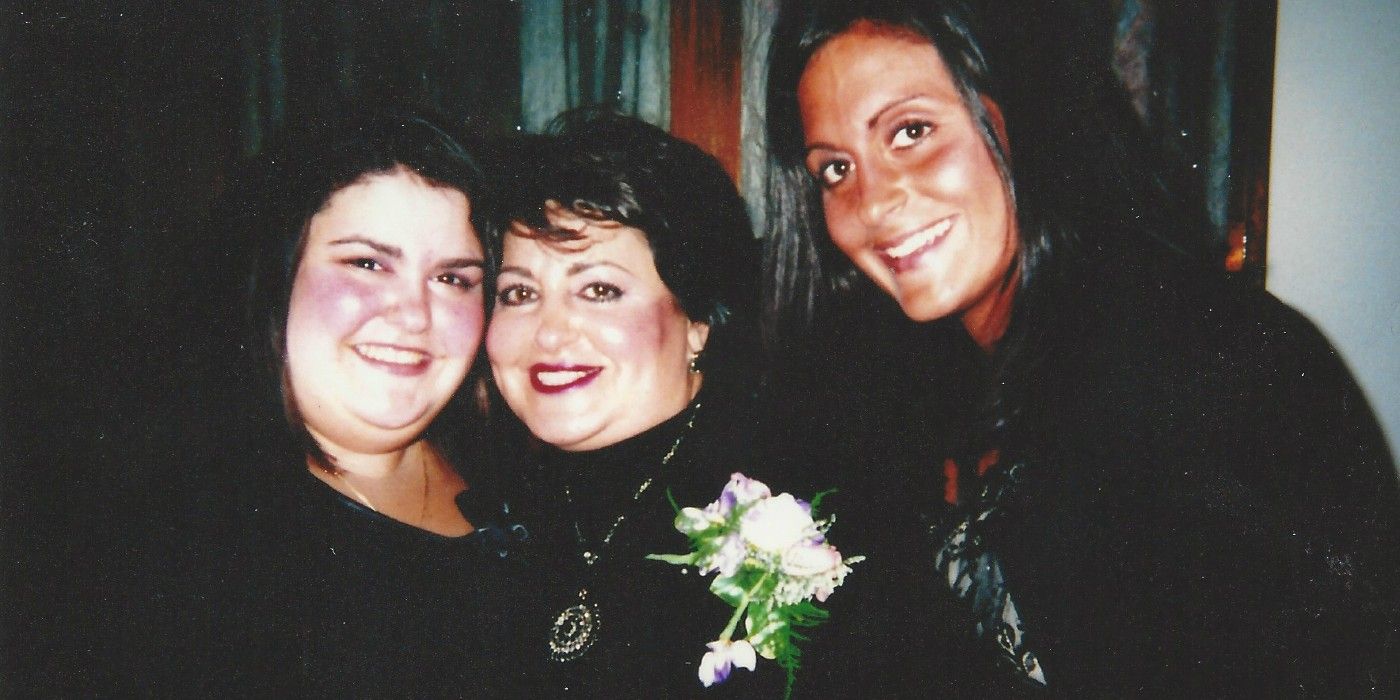The second volume of Netflix's Unsolved Mysteries raised a number of questions. Beyond the questions raised as part of the profiled mysteries, there are also questions regarding why certain important aspects of the cases were not fully detailed or ignored completely.
Originally airing as a series of specials on NBC, Unsolved Mysteries proved to be a successful series across three networks for over a decade. Hosted by actor Robert Stack for the majority of its run, the series profiled a wide variety of interesting unexplained cases, from stories of lost loves and wanted fugitives to more esoteric stories involving UFO sightings, historical legends, lost treasures and miracles. Recently, Netflix revived the classic series without a host and a new documentary driven aesthetic.
While the new series has proved unpopular with many fans of the classic series, it has still been a big hit for Netflix. Indeed, the streaming network will be hosting a weekly podcast based on the show starting in 2021. A second season has yet to be officially announced, but is presumed to be a foregone conclusion at this time. Yet for all the success the new Unsolved Mysteries is enjoying, there are some questions regarding its second volume that still demand answers.
Why Was Jack Wheeler Acting So Strangely Before His Death?
The first episode of Unsolved Mysteries Volume 2, "Washington Insider Murder," profiled the strange death of Jack Wheeler, a former White House aide and cybersecurity expert, whose body was found in the Cherry Island Landfill in Wilmington, Delaware on December 31, 2010. Investigators have no clue who was responsible for Wheeler's death by blunt force trauma, but the dominant belief is that Wheeler's death was the result of a professional hit. Given Wheeler's work in military intelligence and the disappearance of his briefcase (which has never been recovered) there is ample reason to believe he was killed over top secret information, be it by an enemy power or a federal agency fearful of Wheeler turning whistle-blower. However, most of these scenarios gloss over Wheeler's erratic behavior immediately before his body was found.
Wheeler was last seen by his wife, Katherine Klyce, on the morning of December 28, before he returned to work in Washington DC and spent the day there before traveling to New Castle, Delaware, where he owned a home across from the historic Battery Park. The next morning, on December 29, he took a cab to the Hotel du Pont in Wilmington and contacted his employer by e-mail to inform them that his phone, badge, wallet, keyfob and briefcase had been stolen, but he did not contact the police or his wife regarding an apparent break-in at his New Castle home. Later that evening, Wheeler went to his local pharmacy in New Castle and began attempting to solicit a ride to a Wilmington parking garage. A couple eventually did give him a lift and Wheeler was spotted on a parking garage security camera 40 minutes after he was seen in New Castle, though he walking with a limp while carrying one of his shoes. Witnesses claim Wheeler seemed confused and kept repeating that his briefcase had been stolen. Wheeler spent most of the next day wandering downtown Wilmington, last being spotted at 8:41 PM on December 30, 2010, walking past the Hotel du Pont valet station.
"Washington Insider Murder" offers no explanation for what caused Wheeler's erratic behavior during these two days, beyond noting that he was on medication to treat bipolar disorder. His family were quick to reject any suggestion that he'd gone off his medication and had a manic episode, though this might explain his behavior and why he might have originally gone to his pharmacy, particularly if his medicine were in his stolen briefcase. Again, the prevailing theory is that Wheeler may have been trying to lay low and evade his killers, which may explain why he didn't contact his family, fearing that they were being monitored. It's also possible that Wheeler may have had a stroke or some kind of trauma-induced amnesia. (The episode also failed to mention that Wheeler had suffered some form of cardiac arrest immediately before his death.)
What Happened In Jack Wheeler's Home Before His Death?
Another aspect of Jack Wheeler's case which Unsolved Mysteries glossed over was the apparent break-in at Wheeler's New Castle home, which he reported to his employer but not the police. Wheeler's neighbor, Robert Dill, reported the break-in to police on the same morning Wheeler's body was found, after noticing an open window at the back of the house and finding the storm door unlocked. Dill also discovered signs of a struggle in the kitchen of Wheeler's home, including a bare footprint outlined in Comet powder. This would seem to support the theory that someone was trying to kill Jack Wheeler and that they may have attempted it in his home while stealing his personal effects, causing him to go into hiding while figuring out how he had been compromised and who he could go to for help. Unfortunately, "Washington Insider Murder" does nothing with the information regarding the break-in once it is introduced and gives no indication that the police ever tested the footprint to see if it belonged to Wheeler or someone else.
Why Was Jack Wheeler's Phone Found At An Arson Site?
Another aspect of Jack Wheeler's case that is barely touched upon by "Washington Insider Murder" is that his missing phone was found at the site of a suspected arson attempt. On the night of December 28, 2010, another neighbor of Wheeler's, Scott Morris, called the police reporting seeing "small balls of fire" at a construction site across from Wheeler's home. Unsolved Mysteries mentioned that police investigators found Wheeler's phone at the site of the arson after his death, but did not mention that Wheeler had filed a lawsuit attempting to halt the construction project. They also said nothing regarding a theory endorsed by Wheeler's wife, Katherine Klyce, who claimed that Wheeler had been investigating corruption tied to the construction project and that he may have been killed by a contract killer in the employ of corrupt local officials. While opinion is divided on the possibility that Wheeler might have attempted to burn down the construction site himself and accidentally left his phone behind or that somebody might have been trying to frame him for an act of arson, it is an aspect of the case that is barely analyzed and nothing is said about any effort to determine where the phone was or if it was used after Wheeler reported it stolen.
Why Did The Oslo Plaza Woman Fire Her Gun Twice?
The second episode of Unsolved Mysteries Volume 2, "A Death In Oslo," centered around the strange death of a woman registered at the Oslo Plaza hotel as "Jennifer Fairgate," who was discovered dead in her hotel room — apparently the result of a self-inflicted gun shot wound to the head. Hotel security heard a gunshot in the room at around 7:50 p.m. on June 3, 1995 and entered the room 15 minutes later to discover the woman's body. While originally written off as a suicide, many have come to suspect that "Jennifer" may have been a spy whose cover was blown.
The episode neglected to mention two important facts which would seem to immediately disprove any suggestion of suicide. First, that the gun used to kill "Jennifer" had been fired twice, with a second shot going into a pillow to test that the gun was firing properly. Given the noise of the shot that apparently killed the mystery woman, it seems unlikely the test shot could have been fired without attracting attention. Another issue is that the autopsy of "Jennifer" found her stomach full of the half-digested room service meal she had ordered on June 2. It seems highly unlikely she would have eaten half of a day-old meal before killing herself, suggesting that she was truly killed on the night of June 2 after eating half her dinner and that someone stayed in her room to stage it as a suicide, firing a warning shot to scare off witnesses on the night of June 3.
Why Do JoAnn Romain's Children Believe Her Murder Was Covered-Up?
The penultimate episode of Unsolved Mysteries Volume 2, "Lady in the Lake," explored the unexplained death of JoAnn Romain, who disappeared mysteriously after going to church on the night of January 12, 2010. The police operated under the assumption that Romain committed suicide, swimming into the freezing waters of the nearby Lake St. Clair, before developing hypothermia and drowning. This scenario was rejected by JoAnn's children, who claimed their mother was deathly afraid of water and was too much of a devout Catholic to commit suicide. Later, JoAnn's children sued the city of Grosse Pointe Farms and additional defendants for conspiracy to cover up JoAnn's murder. The lawsuit and subsequent appeal were later dismissed, though the US District court judge hearing the case noted that there were "disputed facts in this matter that are very disturbing and to this day remained unresolved."
Unsolved Mysteries did not explore this, focusing instead upon a fight over an estate shared between JoAnn Romain and her siblings and the limited forensic evidence of the case, which was inconclusive and offered no clue as to precisely when and how JoAnn Romain died. The episode did mention that JoAnn Romain had been in fear for her life following an argument with her cousin, Tim Matouk, who was a police officer at the time. JoAnn reportedly told her daughters that Tim should be looked at very carefully if anything happened to her.
Several other facts were left out of the Unsolved Mysteries episode regarding the evidence that led JoAnn Roman's children to believe there was a conspiracy to cover up her murder. Chief among these was a witness whom claimed to have seen Tim Matouk speaking to JoAnn Romain in the parking lot of her church shortly before she disappeared, but was dismissed by the police as not credible. The police also somehow came to start the investigation into JoAnn's apparent suicide before her family had noticed she was missing, based on the car she had driven to the church that night being reported as abandoned. Ignoring the great speed at which the police went from an abandoned car to a presumption of suicide, the car in question was registered to JoAnn's daughter rather than JoAnn herself.

